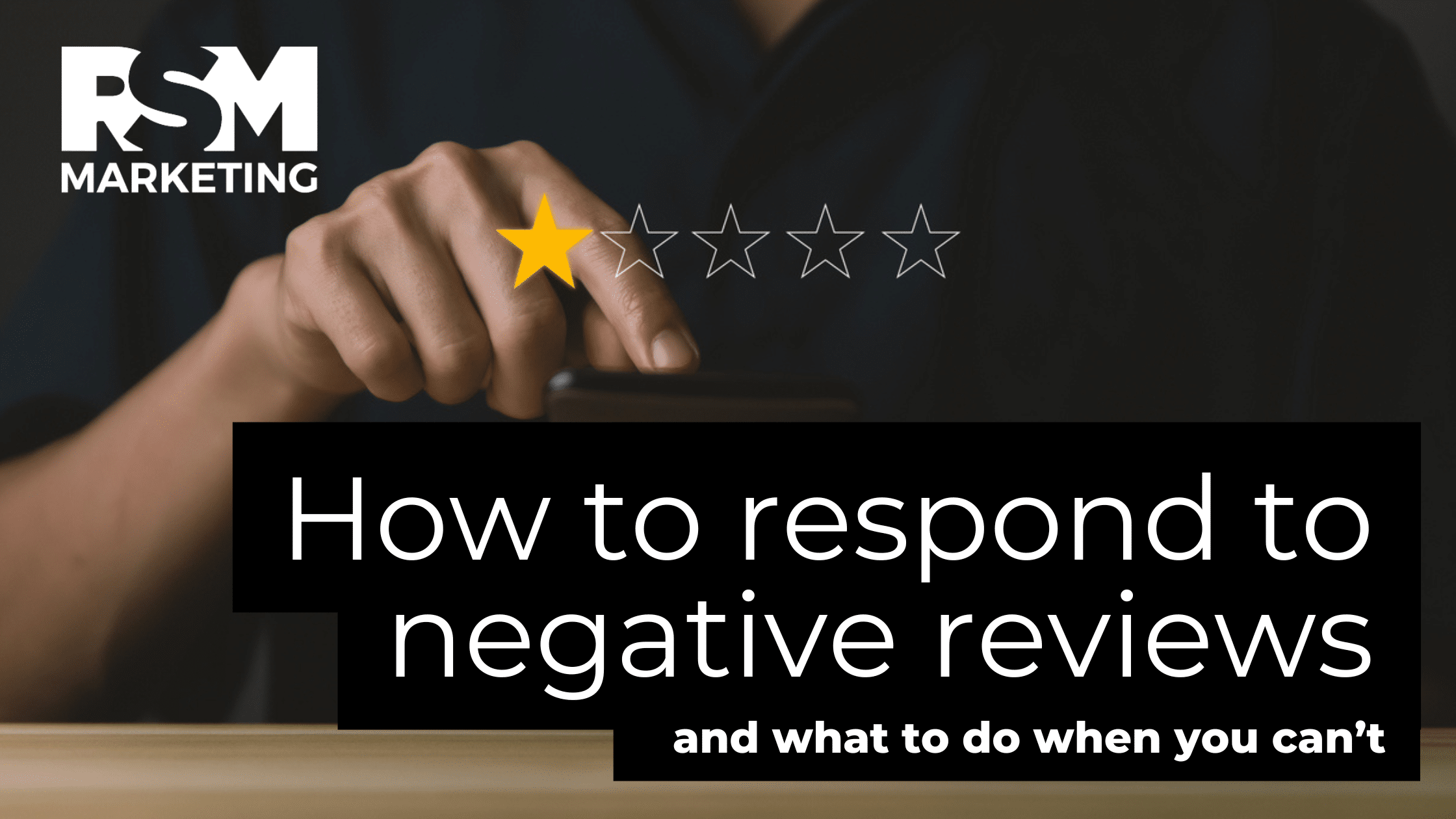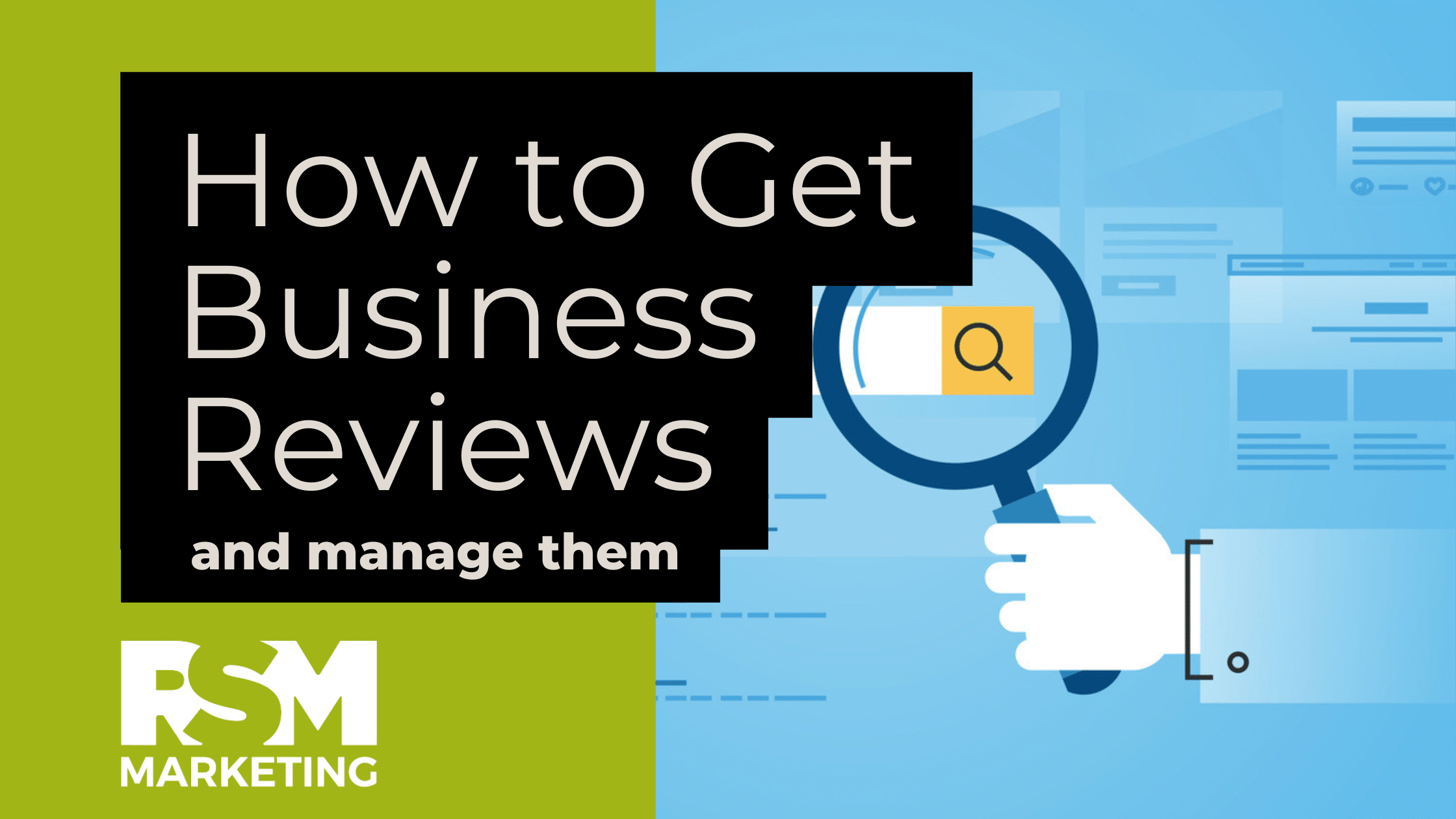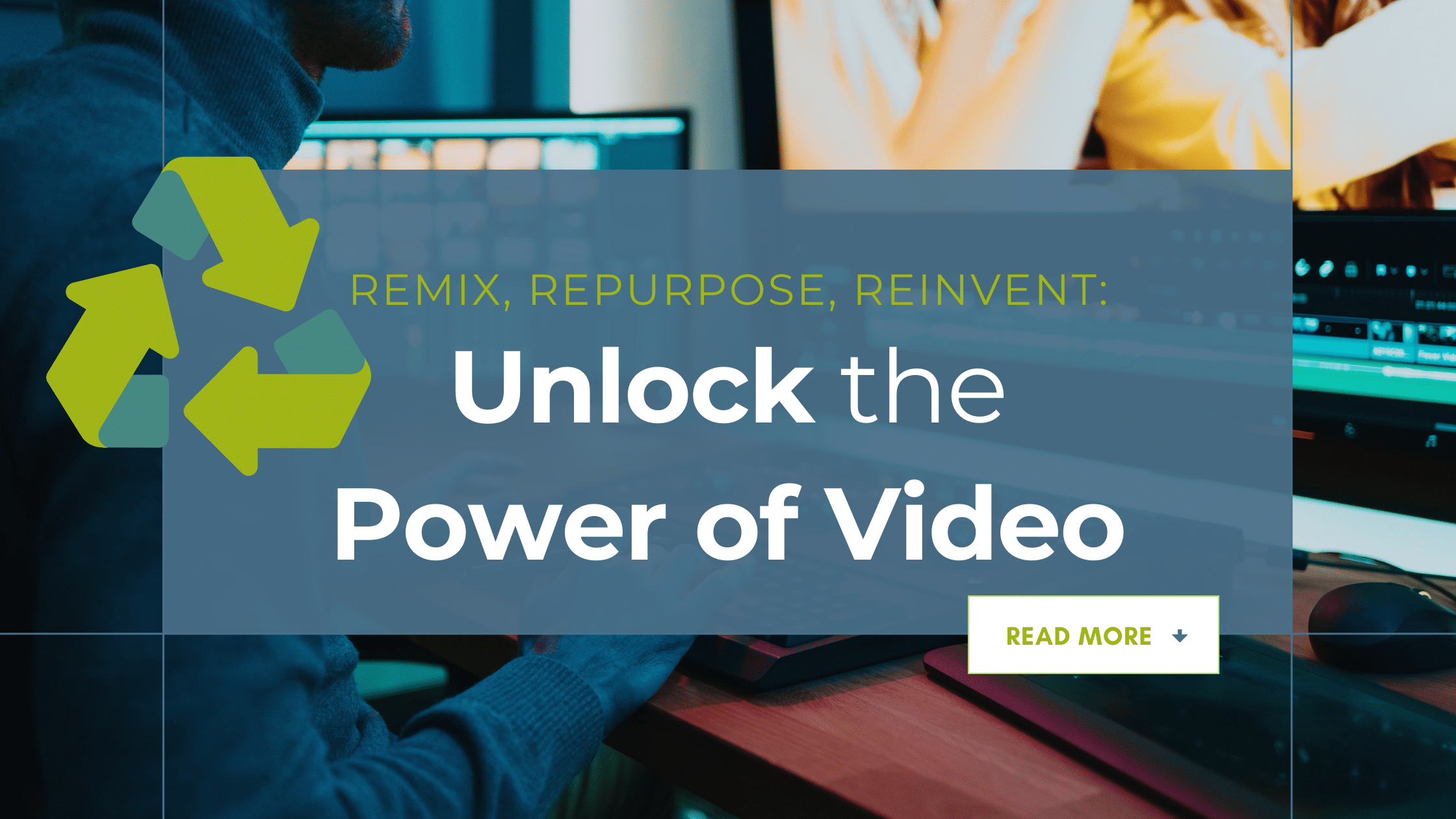If you’re going to devote time and resources to creating great content (and you should!) you want a return on your investment. That means creating content thatconverts.
For the purposes of this article, a conversion is any action someone takes on your website that’s meaningful to your business. Here are the most common ones:
- Purchase
- Phone call
- Contact form submission
- Download
- Survey completion
- Social media share
- Subscription (email, newsletter, podcast, feed, channel)
Content that gets high rankings and lots of clicks is important, but it’s the above actions that put dollars in your coffers. So, let’s cover the fundamentals for creating content that produces them.
While this article will focus primarily on longform content, like landing pages, blogs and webpage copy, you can apply many of the principles to other types of content. Effective content is effective content, whether it’s an article, an email or a social post!
7 Tips for Creating Content That Converts
1. Know your audience and speak to what they want or need.
“What’s my motivation?” isn’t only for acting. It applies to how people seek out and consume content, too.
In general, people have one of three needs or motivations when consuming content:
- They want to make their life or business better
- They need to solve a problem or relieve a pain point
- They want to be entertained
When creating any content, always ask yourself—which of these three needs will your content meet? If the answer is “none,” there’s no reason for readers to engage, let alone convert.
Speak to the specific needs of your audience.
Want to write content that converts? Know who you’re writingfor. People quickly perceive whether or not content is relevant to them. If it isn’t, they’ll bounce. Even if they stick around to read a bit more, they’re not likely to convert. The content doesn’t meet their unique needs.
Let’s say you’re writing a landing page for an educational product used in classrooms. Though the product is the same, the way you present it to an administrator, teacher or parent will be widely different. An administrator may be motivated by ROI, a teacher by effectiveness and ease of use, and parents by wanting the best new product for their kids. Trying to make the same content work for all three audiences won’t be effective, because it won’t speak to what motivates them.
As another example, say you want people to enroll in a leadership course. While some fundamentals are the same, the way you talk about leadership will be different for a CEO, supervisor or employee. How will the course help them with their day-to-day life? Answer that, and they’ll be much more likely to convert.
Speak your audience’s language.
Once you’ve identified your audience, learn about the terminology they use around certain topics. Good ol’ fashioned keyword research, industry articles, and free tools like Google Trends will help. We’ve often seen companies use branded terms and industry terminology in their content that—as keyword research later revealed—their consumer base didn’t use or understand.
Bonus Tip: Always Google the keywords you’re using to make sure the results match what you’re going to write about and who you’re going to write for. You’d be surprised how often there’s a mismatch!
2. Consider how readers will arrive at your content.
Will readers arrive on your blog post or web page from a search engine results page (SERP)? From a social media post? A text, display or social media ad?
This is important because the journey to a conversion begins not on your content page, but with that first interaction. Your job in creating the content is to make it a cohesive journey.
This is pretty straightforward for organic content. In order for someone to find your content in the SERPs when they search for a specific keyword, your content had to have been relevant for that keyword. Google is very, very good at making sure of that.
Where this can break down is with paid ads, especially if a different person writes the page content than creates the text, display or social ad.
For text ads (Google Adwords) this can result in a mismatch between the targeted keywords and messaging in the ads and the keywords/messaging on the landing page. Not only does the chance of conversion plummet because the page isn’t relevant to the person who clicked the ad, but your ad may get a lower quality score from Google. This means winning fewer auctions for ad placements and paying more for clicks.
Coordinate with the person creating your ads to make sure you’re using the same keywords, and that you have the same understanding of the audience. Read the ad copy and make sure your page content immediately addresses what was promised there.
Display ads and social ads are different because they run not on specific keywords, but on placements, interests and audiences. Make sure your copy addresses the needs of that audience and is cohesive with the ad copy.
Above all, consider what motivated your reader to click on your ad or search result.What was the message that motivated that click, and how can you carry it through to your content page? Do that, and you’ll be halfway to a conversion.
3. Take a cue from other successful content.
No, we’re not saying to scrape someone else’s content. DON’T do that. It doesn’t give you any SEO value and it’s a handy way to get yourself in legal trouble.
What we’re saying is to research the kinds of content that converts well in your space or topic area, to get an idea of what sparks interest in your audience. While there is no way to know how many sales or calls a piece of content generated unless it’s your own, there are great tools to look at views and social shares. Social shares are a strong indicator of engaging, action-producing content.
Buzzsumo is one free tool we like to use. You can type in a topic or keyword (keep it general) and see the top shared content pieces for that topic. Read the content. What do you think made it so successful?
One caveat: Some content pieces get shared a lot because they’re timely or highly topical. This is fine if your content is for a limited campaign or short-term social sharing. It’s not so good if you’re writing blog content that you want to keep performing for you for years to come (evergreen content). When you’re doing your research, you might try extending the timeframe to look past the trending pieces to steady performers.
4. Remember that people have the attention spans of goldfish online. Really.
You can’t get a conversion if your readers bounce in the first few seconds. They’ll do that if the content doesn’timmediatelymeet their expectations or looks too overwhelming.
Before you’re too hard on your readers, think of how you consume content online. If you land on a webpage and it isn’t what you expected, do you stick around? Nope…chances are you’re off to the next search result, article or product listing in seconds flat. Your readers are no different.
So how do you get people to stick around?
First, get right to the point with your content.
We’re sure that the 4th grade teachers out there would have something to say about this, but when it comes to online content that converts, skip the traditional introduction and get right to it. If the point of your content is to answer a question, answer it in the first paragraph, then go into detail. (We’ve had great luck getting Google Featured Snippets this way, too.) If you’re writing a landing page, your first sentence should be a killer hook that compels your reader keep going.
Make your content “scannable.”
For the most part, people skim or scan online rather than reading word-for-word.
You’re doing it now, right? Caught ya.
If you want people to quickly understand your content so they can take action, you need to:
- Make your core message stand out even when prospects don’t read every word
- Make the content easy to scan
You can accomplish both with some classic web copy formatting techniques:
- Augment the copy with images and infographics
- Short paragraphs (1-3 sentences) — readers shy away from big blocks of text, and it doesn’t take much to look overwhelming on mobile!
- Use subheadlines (H2s, H3s, H4s) to break content into smaller sections
- Use bulleted/numbered lists
- Use bold text (sparingly!) to call out key sentences and ideas
Here’s a challenge. Go through your copy and only read the headlines and emphasized text (bold, bulleted lists, italics). Do you still understand what the page is about? Even better, do you immediately get the core message?
5. Communicate trust and authenticity.
Most Americans are exposed to4,000 to 10,000 ads per day. Not only that, younger Americans in particular are savvy to marketing messages, with finely tuned BS meters. They see through the same old marketing speak…so don’t use it. Just be real, honest, authentic and sincere. It’s so much easier, anyway!
How can you communicate that you’re worth listening to (and ultimately engaging with or buying from?) Here are a few ways:
- Cite sources (this can help your site authority, too, which is now a big part of Google’s algorithms)
- Educate, don’t pitch—provide helpful information to solve a problem or make life better
- Empathize, don’t just sympathize—show that you understand, and don’t be afraid to express emotion
- Share personal experiences, stories and anecdotes
- Be transparent—be open to feedback, comments and reviews
- When appropriate and safe, show the real person behind the content with an author photo and bio
People are much more likely to trust you (and therefore convert) if they see you associating with organizations, brands or people they already know, or if they see that other people trust you.
Social proof and trust signals can take many forms:
- Reviews and ratings (when was the last time you bought something without looking at the reviews?)
- Industry associations and accreditations
- BBB rating
- Endorsements
- Testimonials
- Client lists or logos (if legally allowed to use)
- Guest content from known influencers
- Easily visible contact information
Try adding these to your content pages and see your chances for conversion increase!
6. Don’t give prospects too many things to do.
We see this with webpage copy in particular. In an effort to cover every possible conversion base, content creators will often provide too many options. For example, on a single page, a reader might be asked to:
- Watch a video
- Take a quiz
- Download a whitepaper or ebook (lead capture)
- Fill out a contact form
- Subscribe to a newsletter
- Make an appointment using an online scheduler
- Follow the brand on social media
That’s a lot of potential actions! In most cases, the reader doesn’t consider all the different options and then choose one. (Goldfish attention span, right?) Instead, the reader bails to find something simpler.
The confused mind does not buy (or schedule, or subscribe, or contact, etc.)
Give your prospectoneprimary action, with perhaps one backup if there’s a longer buying cycle. For example, if you want people to schedule a consultation, make that the primary call to action (CTA). Make all roads lead there. If people need more education on your product or service to make a consultation, you can have one lead capture (like a downloadable white paper) so you can follow up later via email.
Once you have a prospect close to conversion (like a cart page) all other options should disappear. Remove any other distractions, like social shares or other forms. Make it easy.
Bonus Tip:If your content is lengthy, it’s a good idea to use what we like to call “mid-page CTAs” so readers don’t have to get all the way to the bottom of the page to take action. An easy way to do this is clickable CTA buttons that anchor link down to the bottom of the page, or to the page where the conversion action will take place. This helps break up the page with some color, too.
Don’t throw in these mid-page CTA’s randomly…think about the key decision points, and add them there. Some people will have enough information to make a decision earlier than others—let them! Others may take until the bottom of the page. That’s cool, too.
7. Follow up and follow through.
Just because a potential customer doesn’t convert the first time doesn’t necessarily mean your content is ineffective. Now if prospects are immediately bouncing after a second or two, that’s an indicator of a content-intent mismatch. But if prospects are spending significant time on your page, engaging with the content…but just aren’t buying or picking up the phone, there may be something else going on.
Everyone has different theories on effective frequency, but most of us can agree that customers rarely convert on their first exposure to a brand or product. That’s no different with online content.
Before you chuck out your content and start over, consider:
- Are your prospects in the research stage and not quite ready to act?
- Does your product naturally have a longer buying cycle due to the price point, newness or complexity?
Think of all the times you’ve put a product in your cart and then didn’t buy right away…or at all. Sometimes it’s because you found a better price, but maybe you just changed your mind, or were scoping out a future purchase. That doesn’t mean the person writing the product content did anything wrong. Keep that in mind when creating your own content…and also think of the things that have prompted you to come back and complete purchases.
While it isn’t always precise, you can get an idea of how many people convert later by using the Assisted Conversions tool in Google Analytics and Google Ads. Large numbers of conversions from Direct Traffic can also indicate that people convert after returning to your site, either by typing in the site address or using a bookmark.
The trick is to make sure that that hard-earned first site visit doesn’t go to waste. You need to keep your prospect in the funnel, moving them toward a conversion at a later time. Here are some ways to do that.
If prospects aren’t ready to take the plunge, give them “baby step” conversions to help them along.
Making a purchase or scheduling an appointment is a big commitment. It takes a great deal of trust. If you’re new to your prospect, they might not be ready for that. Try giving them something that takes less commitment but still allows you to keep in contact. A free downloadable guide or video in exchange for an email is an easier sell, and gives you the opportunity to continue the conversation via an email drip campaign. Subscribing to a channel, blog or podcast takes even less commitment, and allows you to build a relationship.
Invest in a remarketing campaign.
You know how you can look at a product online, and that product then “followed” you across the Internet? Those ads are effective, right? As long as they don’t go on too long, they keep that product top of mind.
These are called remarketing ads, and you can do them, too! They’re available through Google Ads as well as Facebook and other social platforms. On Facebook, you can build custom audiences for ads based on people who have visited your site, given you their email address, etc.
While not ads, abandoned cart emails also fall into this category. If you have a customer’s email address, you can send them an automated email if they leave a product in the cart. A small discount often helps seal the deal.
Put Content Marketing to Work for You
If you want to know more about how content marketing can help your business grow, contact the experts at RSM at 877-272-7810 or fill out the form below.





